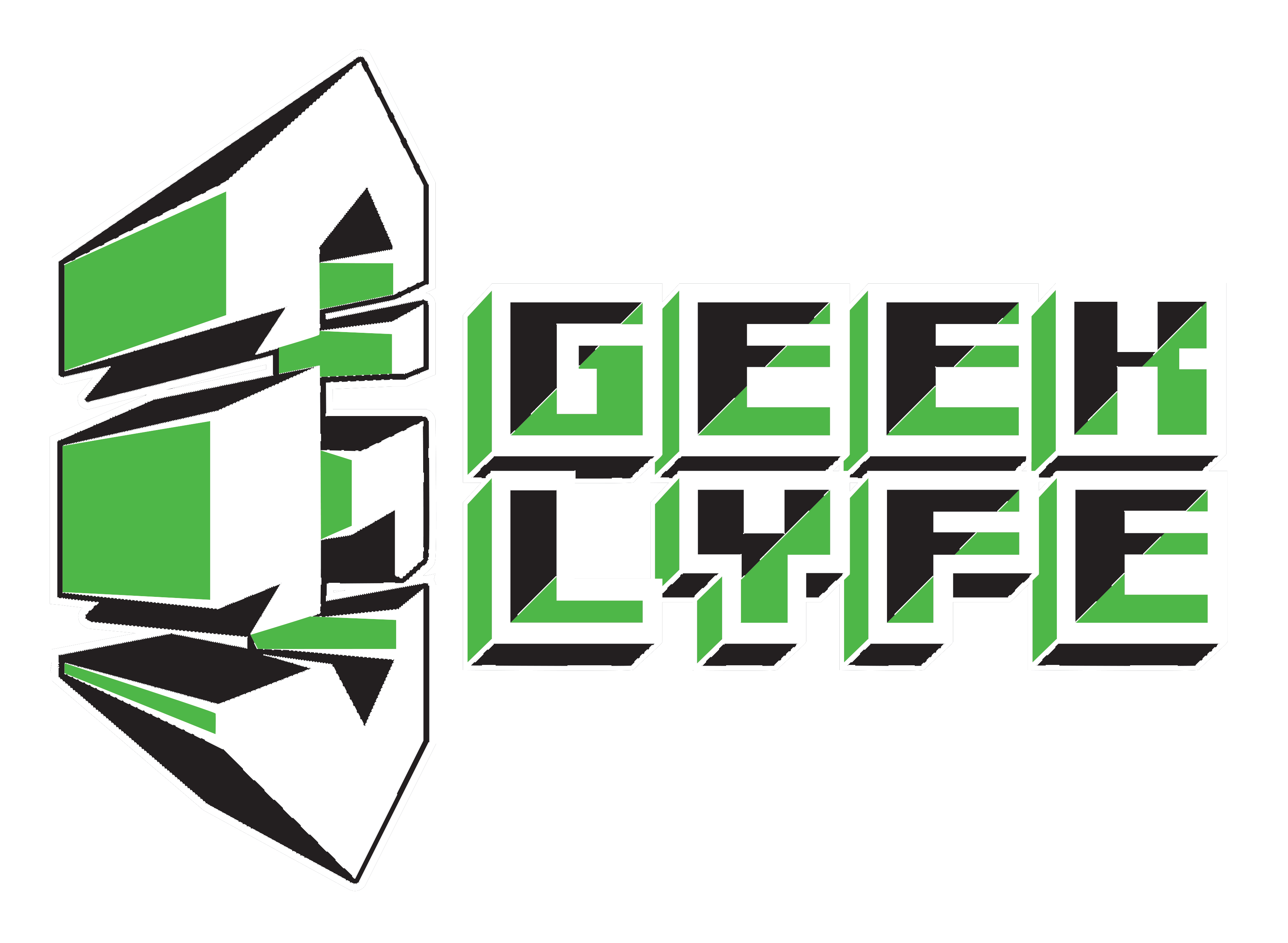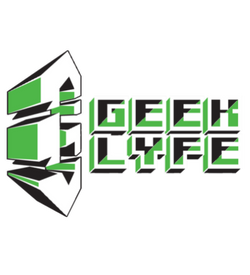Overwatch’s Xbox Series Enhancements, and the Question of Rereleases

Three months into 2021 and Blizzard has unceremoniously released Overwatch game enhancements for owners on the new Xbox systems. Just a matter of time, these changes aren’t huge, but they do present some important quality-of-life differences for dedicated players. With so many games following suit, patches like these raise questions about gaming’s update culture, and the implications that it could have on the remaster or ‘ultimate edition’ market.
The Overwatch Patch
With a series of small and simple changes, the new patch for the Series X/S isn’t aiming to set the world on fire. Rather, the idea is to leverage the extra power of the newer systems into better performance. This was a similar idea explored by the Xbox One X in 2018 with the introduction of a dynamic 4K resolution pack. Though not locked for horizontal resolution, this prior update outpaced it’s PS5 contemporary, making it the best console way to play as noted by Digital Foundry.
<iframe width=”560″ height=”315″ src=”https://www.youtube.com/embed/29o0GEtwMZE” frameborder=”0″ allow=”accelerometer; autoplay; clipboard-write; encrypted-media; gyroscope; picture-in-picture” allowfullscreen></iframe>
The new patch for the new systems takes this idea a step further, and in doing so allows users to customise video output for their tastes and screens. The new options are divided into three different settings, with the following specifications:
- Framerate: Doubles the former framerate cap of 60Hz to 120Hz, for supported high refresh-rate TVs and monitors. This setting cuts the resolution to 1440p on the Series X and 1080p on the Series S.
- Resolution: Attains the highest possible resolution while maintaining 60 frames per second. This is a stable 4K on the Series X and 1440p on the Series S.
- Balanced: Turns up the graphical options while balancing resolution and framerate. Outputs 1440p @ 60FPS for Series X and 1080p @ 60FPS for Series S.
Like we said, not exactly ground-breaking, but welcome changes to those fortunate enough to make the jump to new systems. Alongside the rest of the continual but slowing support that the game has received on the way to Overwatch 2, this new update does at least prove Blizzard’s sustained support. More concerning, at least to the greater gaming industry, is the disruptive effect that patches like this could have on the rerelease market.

Source: Pixabay
Generation Rerelease
Updating and rereleasing games from older systems on new ones is hardly a new idea. At its roots, improving games for other systems could be found in the origins of gaming ports. Back when there was a far greater range of computers and gaming consoles available, it would only be natural for big games to be adapted to as many systems as was feasible. 1989’s Prince of Persia, for example, was officially released on over 25 systems, and with widely different system power came some games that were more graphically and functionally advanced than others.
In the more recent generations, with just a few major competing systems, the port market hasn’t been as diverse. Instead, the solution from the Xbox 1 (the original Xbox) era forward has come from remasters and rereleases. Backward compatibility, while also an option, often played second fiddle. From a business perspective, this idea makes complete sense. There’s no money in a game you can’t sell again, so a release that requires less work than an entirely new project is a sound investment.
Running contrary to this is the view of the consumer. For players, the best selection is the route where games run easily over as many systems as possible. While rare in modern video gaming, other forms of interactive entertainment like online casino games embrace this concept in its entirety. A strong illustration of this concept can be seen in how the best slots casinos in South Africa operate today. Based on HTML5, everything on these casinos, from signing up, collecting bonuses, to playing the games themselves works perfectly from almost any HTML5 compatible device. Actually, the games work so well that operators need to use bonuses and other details to tempt players away from potential competitors.

Source: Pexels
With the new Xbox and PlayStation platforms, greater emphasis has been placed on backward compatibility than ever before. Practically all titles from the last-gen systems can be played on the new, and as Overwatch demonstrates, often in a better way with its frequent updates. With gaming development becoming ever more expensive on the AAA scale, and many developers formerly relying on rereleases for financial support, new changes raise questions as to what comes next.
Will full remakes be the name of the game, as the only way to upgrade older games for resale without players feeling slighted? Alternatively, will a lack of older options cause the AAA market to stop being so obsessed with the past, to focus more on their future titles? These are difficult questions and not ones that can be answered without a few more years of data to measure. Make no mistake, however, change over the last generation is coming, it’s just a matter of when and in what form.
Chicano | Fighting/Writing for Diversity | DM since 08 | Anime Lover | Site: https://www.thegeeklyfe.com | info@thegeeklyfe.com | http://twitch.tv/that_deangelo | https://linktr.ee/deangelomurillo




